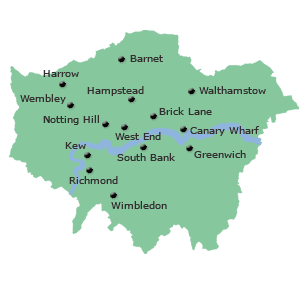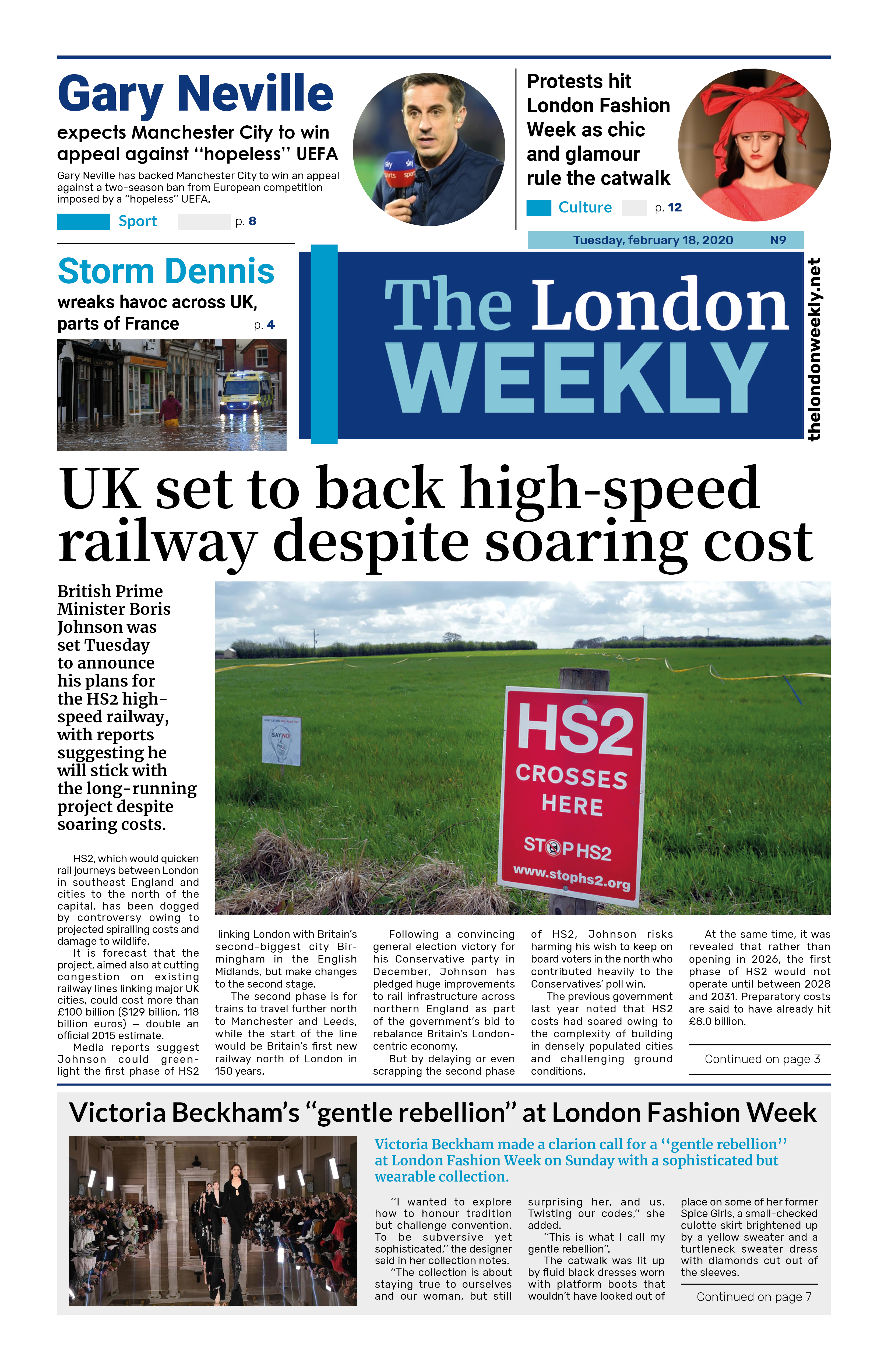
Demands for typical London homes are facing challenges due to escalating living costs and higher interest rates, causing concerns for second-time buyers, according to prominent figures in the
industry.
The analysis conducted by estate agent Benham and Reeves has revealed that buyer interest in the London housing market was at its weakest in October, primarily affecting properties priced between £400,000 and £499,999.
This price range encompasses the largest number of properties available for sale in London, excluding those exceeding £1 million, as per the analysis of Rightmove listings conducted by the firm.
The price bracket below this, £300,000 to £399,999, exhibited the second most available homes and a similarly low level of buyer interest, confirming the trend.
Buyer demand, as calculated by the estate agent, is expressed as the percentage of listed properties classified as under offer or sold subject to a contract. Over three-quarters of the 19,116 London homes listed above £1 million on October 19 showed this level of buyer interest. This was in contrast to 59 percent of the 16,535 properties in the £400,000-£499,999 bracket, and 60 percent of the 14,419 properties in the price range below it.
Buyer interest increased to 67 percent for the 2,531 homes listed between £100,000 and £199,999 and further to 68 percent for properties available below that level.
London's average house asking price was £685,200 during the summer, as reported by Rightmove. However, on October 19, Benham & Reeves found that only 10,121 homes in London were listed between £600,000 and £699,999. In this price range, buyer interest stood at 65 percent, lower than the level of interest seen in both cheaper and more expensive properties.
Jonathan Hopper, the Chief Executive of search specialists Garrington Property Finders, noted that it's not surprising for average-priced homes to witness lower demand, as this bracket typically includes second-steppers. These buyers often rely on an equity cushion and earnings to climb the property ladder. Falling prices have eroded this cushion over the last year, and rising borrowing costs have made it more challenging for them to move up the property ladder.
Hopper also explained that at lower price points, investors are attracted by the high rental income, while first-time buyers benefit from falling values. In contrast, the top end of the market is less credit reliant, has more equity, and can make discretionary choices when buying.
Adrian Anderson, Director at mortgage broker Anderson Harris, emphasized that primary house-hunters are currently more active than other groups. First-time buyers, eager to exit the competitive rental market, accept current mortgage rates. However, next-time buyers, accustomed to low-interest rates, often find it difficult to adjust to higher rates, causing them to reconsider their budget and potentially wait for rates to soften.
Tom Bill, Head of UK Residential Research at Knight Frank, highlighted the advantage that equity and cash-rich buyers at the top end of the market have due to their reduced reliance on the mortgage market. In contrast, buyers at lower price points are facing increased challenges due to London's high housing costs. Leveraged buyers must reset their expectations, and this adjustment is more significant when there is a heavier reliance on the mortgage market.
Marcus Dixon, Director of UK Residential Research at property specialists JLL, noted that the top end of the market has been the most resilient to rising interest rates, with more cash and equity-rich buyers for multi-million-pound homes compared to the wider market. Increasing debt costs are affecting potential buyers, leading to reduced budgets or their exclusion from the market.
Benham and Reeves Director Marc von Grundherr emphasized that the current London housing market is currently being driven by the £1 million-plus segment, with both the highest demand and the greatest number of listings in this price range. However, he noted that there is still a good level of stock available at other price thresholds, with varying degrees of demand. Lower tiers of the market are more susceptible to economic uncertainties and increased buying costs caused by rising mortgage rates in recent times.


































